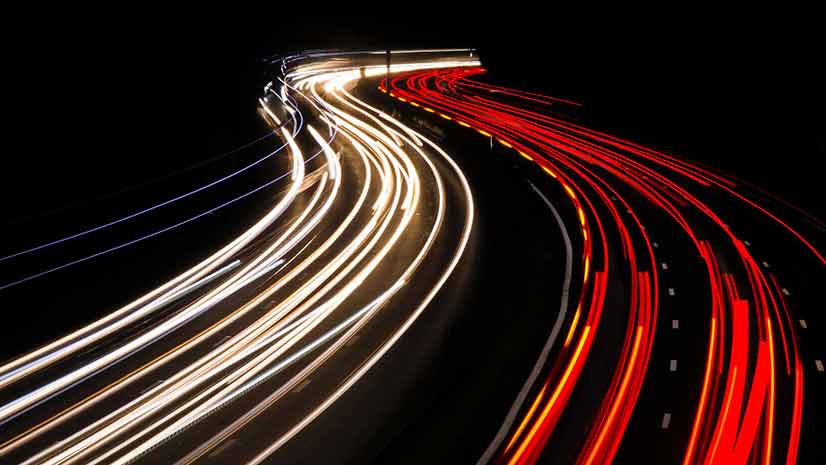Light detection and ranging, or lidar, is a remote-sensing technology that uses pulsed laser energy (light) to measure ranges (distance). Engineers and earth scientists use lidar to accurately and precisely map and measure natural and constructed features on the earth’s surface, within buildings, underground, and in shallow water. It has broad applications in many industries such as engineering and public safety.
Often deployed in down-looking systems in the air or oblique geometries in ground systems, a lidar system includes a laser source, a scanner, and a GPS receiver. During a lidar survey, an active optical sensor transmits laser beams toward a target while moving along or rotating across defined survey routes or fixed objects.
The laser energy is reflected by the target and is detected and analyzed by receivers in the lidar sensor. The receiver records the precise time from when the laser pulse left the system to when it is returned to the sensor. Using precise pulse time, the range distance between the sensor and the target may be calculated.
When combined with the positional information from GPS or an inertial navigation system (INS), these distance measurements are transformed into measurements of three-dimensional points that define the reflective target in 3D space. Lidar point data—including laser time range, laser scan angle, GPS position, and INS information—is postprocessed. It is then compiled into highly accurate georeferenced x,y,z coordinates by analyzing the laser time range, laser scan angle, GPS position, and INS information.
Laser pulses return to the sensor from different reflective surfaces located above and on the ground. A single emitted pulse may return as one or more reflections. The first returned pulse is very important, as it marks the highest or tallest reflective surface. First returns can include treetops, building roofs, and vehicle tops. If no other reflective surfaces are encountered, a single first return may represent the earth’s surface.
A cloud of multiple intermediate returns allows modeling of forest canopy, ground cover, and some constructed features. The lowest elevation return may reflect from earth materials and support modeling of a single bare earth surface.
For additional information about lidar and its application in ArcGIS Pro, read the ArcGIS Pro topic, “What is lidar data?”

